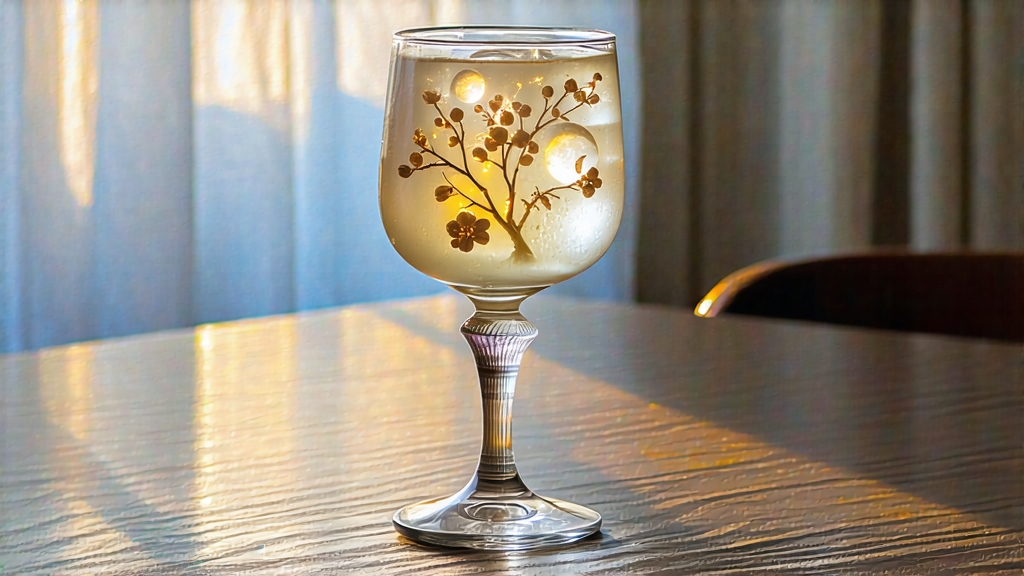
Tucked into the northeastern corner of Fujian province, the small county of Fuding has given the world a tea so delicate that it seems spun from moonlight itself—Fuding Silver Needle, or Bai Hao Yin Zhen. To the uninitiated it may look like a glass of warm water with a few fuzzy twigs drifting inside, yet one sip reveals why Chinese emperors once rationed it like medicine and Tang-dynasty poets praised it as “the snow that learns to breathe.” This essay invites the international reader to step past the mystique and meet Silver Needle on its own quiet terms: its historical itinerary, the micro-climate that shapes its character, the almost invisible craft that turns a March bud into liquid silk, and the gentle rituals that coax its full story into your cup.
-
A bud’s journey through time
White tea as a stylistic family is mentioned as early as the Song Shi (宋史, 1345 CE), yet the name “Yin Zhen” first appears in Fuding xianzhi (福鼎县志, 1780), where magistrate Bao Yaoting records tribute tea “picked before the insects wake, carried to Beijing by relay riders.” For two centuries the buds never left the empire; even local farmers rarely tasted them, pressing the larger leaves into shou mei cakes for their own kettles. The 1890s saw the opening of Fuding’s first foreign-trade house in the treaty port of Fuzhou, and Silver Needle slipped out to Hong Kong, then to London where it was marketed improbably as “Chinese Down Tea,” admired by Edwardian ladies who believed its silvery hairs would brighten the complexion. After the 1949 revolution the state requisitioned every tea garden for green-tea export, and Silver Needle nearly vanished; it was resurrected only in 1968 when a state-run factory re-established the withering sheds to earn hard currency from Japan. Today Fuding is a protected geographical indication (PGI), and the bud once reserved for emperors is sipped in Brooklyn cafés—yet each leaf still carries the DNA of those first wild trees on Tai Lao Mountain. -
The terroir that teaches humility
Fuding sits at 27° N latitude, where the East China Sea’s warm fog meets granitic slopes rising abruptly to 1,000 m. The soil is a coarse, acidic granite-sand mix that drains within minutes of a monsoon cloudburst; roots are forced to dive deep for minerals, concentrating amino acids in the tender buds. Day-night temperature differentials of 10 °C slow respiration, allowing the plant to stockpile L-theanine, the compound responsible for Silver Needle’s brothy sweetness. Most crucial is the “sea cloud” phenomenon: on 70 % of spring mornings a 200-m cloud belt smothers the gardens, filtering UV into soft, diffused light. The buds react by growing larger, thinner cuticles, hence the extravagant down that gives the tea its name. Neighboring Zhenghe county produces a respectable needle, but the thicker mountain fog there produces sturdier epidermis and a brasher, more astringent cup; Fuding’s maritime whisper remains unmatched. -
Varietals: the Da Bai dynasty
Chinese regulations permit only three cultivars to be called authentic Fuding Silver Needle: Fuding Da Bai, Fuding Da Hao, and the newly registered Jinggu Da Bai grafted stock. Da Bai (“Big White”) dominates, a 1857 selection from a single wild mother tree found by a Buddhist monk on Tai Lao. Its distinguishing mark is the ratio of bud to leaf—when plucked in the first flush, the bud can reach 3.5 cm, yet weigh only 0.3 g, a surface-area miracle that maximizes enzymatic space during withering. Da Hao (“Big Down”) produces even hairier buds but lower amino acid levels, so it is usually blended in small percentages to boost visual appeal. Gardens above 600 m still propagate by seed, creating subtle bush-to-bush variation that connoisseurs chase like Burgundy vintners chase climats. -
The invisible craft: making nothing happen
Silver Needle is the least manufactured tea in China; its greatness lies in the art of allowing almost nothing to happen. Picking begins when the morning dew still clings, but only on days when humidity is 70–80 % and barometric pressure stable—any lower and